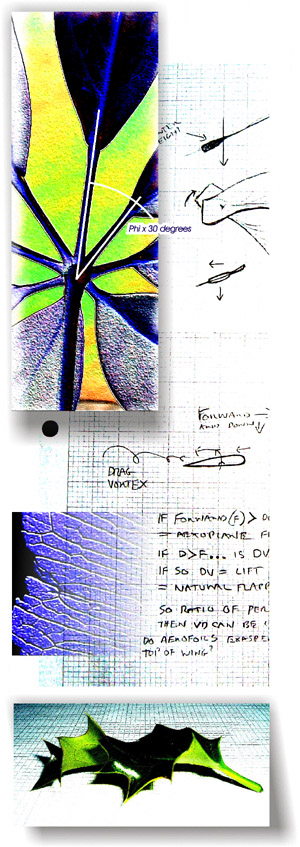|
The ducklings conundrum…
Picture this... it’s a warm day, you’re sitting by a lake watching the world go
by; mother duck is paddling importantly away from you with lots and lots of fluffy little ducklings following her. You notice that they’re all in a line, following her every curve in the water. They don’t take the shortest route to where she’s going; they paddle in the same curve as she
did, one by one. Her big webbed feet propel her through the water at a
very respectable pace and the tiny little ducklings somehow manage to keep up with her…
Every so often the ducklings appear to change place, the ones at the back moving to the front… Why do they do
that? And how, with their little webbed feet and short legs, do they manage to keep up with her? Is it just the ‘slipstream principle’ or is there more to this than meets the eye?
OK, these are not
exactly burning questions for science… but perhaps they should be. Like
many others, it is my belief that the way things work naturally, is the only way things can work sustainably and efficiently,
and without causing pollution.
I believe that the
simple concept “comprehend and copy nature” has major implications for all man made items and processes including
hugely important issues like improving the fuel-economy, environmental impact, efficiency and durability of transport vessels
such as ships, aircraft, submarines, cars and the like.
The ‘ducklings
conundrum’ helped me crystallise several years of research and observations, into a simple thought. It resulted in the
topic Fish Swimming and if my hypotheses turn out to be correct, the implications of the ‘ducklings conundrum’ are huge, yet
this is just one of many applications of the simple philosophy; “comprehend and copy nature”.
|
